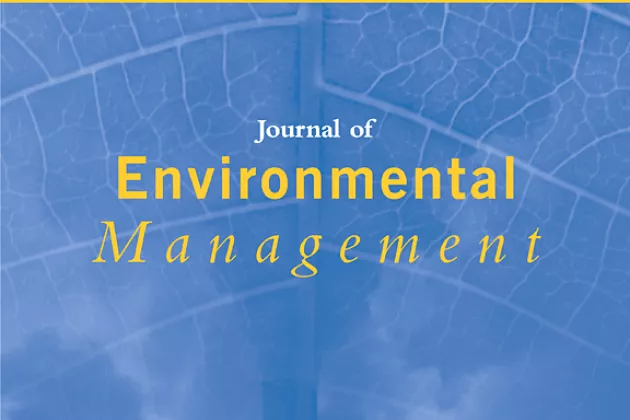In recent years, assessment of sediment contamination by heavy metals, i.e., arsenic, has attracted the interest of scientists worldwide. The present study provides a new methodology to better understand the factors influencing surface water vulnerability to arsenic pollution by two advanced machine learning algorithms including boosted regression trees (BRT) and random forest (RF). Based on the sediment quality guidelines (Effects range low) polluted and non-polluted arsenic sediment samples were defined with concentrations >8 ppm and <8 ppm, respectively. Different conditioning factors such as topographical, lithology, erosion, hydrological, and anthropogenic factors were acquired to model surface waters' vulnerability to arsenic. We trained and validated the models using 70 and 30% of both polluted and non-polluted samples, respectively, and generated surface vulnerability maps. To verify the maps to arsenic pollution, the receiver operating characteristics (ROC) curve was implemented. The results approved the acceptable performance of the RF and BRT algorithms with an area under ROC values of 85% and 75.6%, respectively. Further, the findings showed higher importance of precipitation, slope aspect, distance from residential areas, and slope length in arsenic pollution in the modeling process. Erosion, lithology, and land use maps were introduced as the least important factors. The introduced methodology can be used to define the most vulnerable areas to arsenic pollution in advance and implement proper remediation actions to reduce the damages.
Read and download the article here


